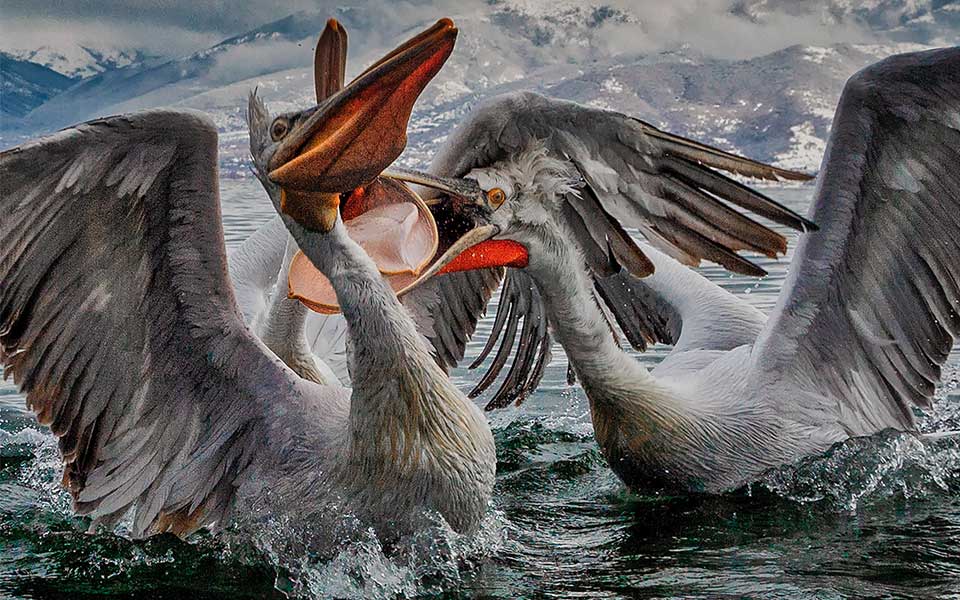
Prespa Lakes (Prespes)
The lakes of Great Prespa and Small Prespa, located on the northwestern border of Greece, together form one of Europe’s most important wetlands. They are important habitats for around 260 species of birds, including the Dalmatian Pelican, an endangered species that migrates here in the spring.
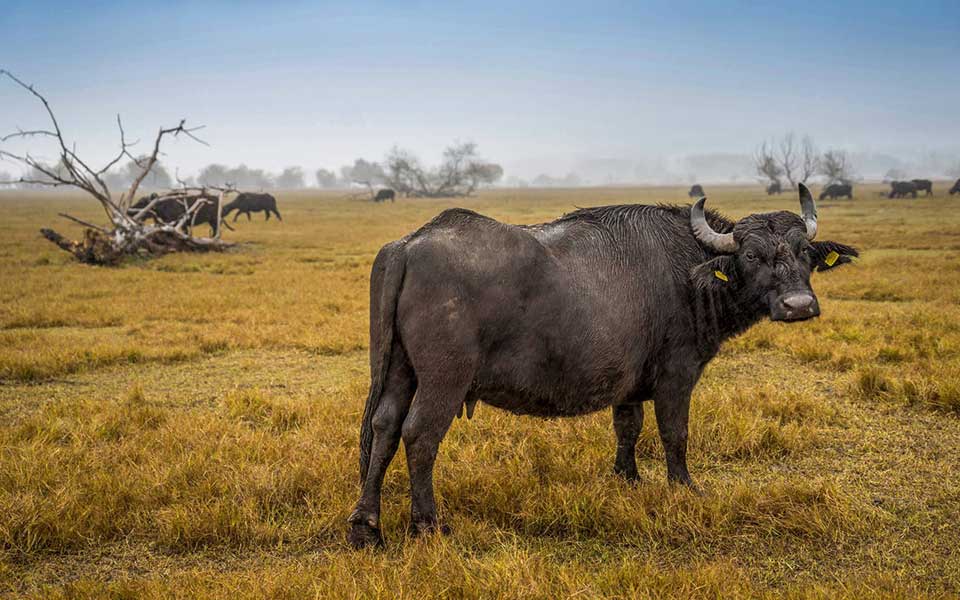
Lake Kerkini
There are approximately 300 species of birds that live in the immediate area of man-made Lake Kerkini in the region of Serres in the north of Greece. The lake is one of the 10 sites in Greece designated as Wetlands of International Importance (also known as Ramsar sites). The area also hosts the largest concentration of water buffalo in the country; these animals thrive in the wetlands.
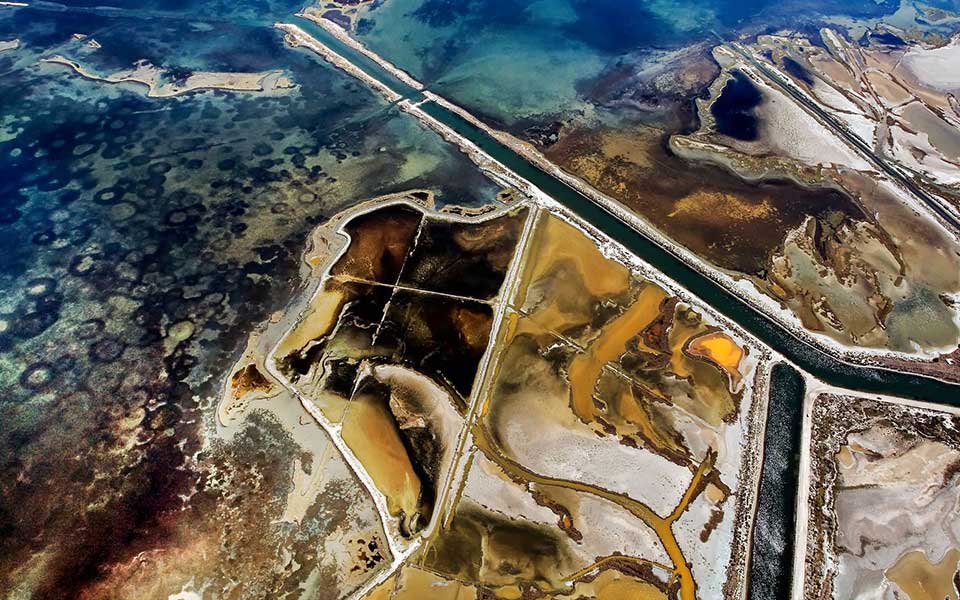
Alykes, Messolonghi
This colorful expanse of land that resembles an abstract painting when seen from above is none other than the Alykes in Messolonghi in western Greece, the largest salt marsh in the country. It produces between 50% and 80% - depending on the year - of the country’s total salt output. The production of salt in the Messolonghi region has been going on for hundreds of years; the lagoon’s shallow warm waters are ideal for saltworks.
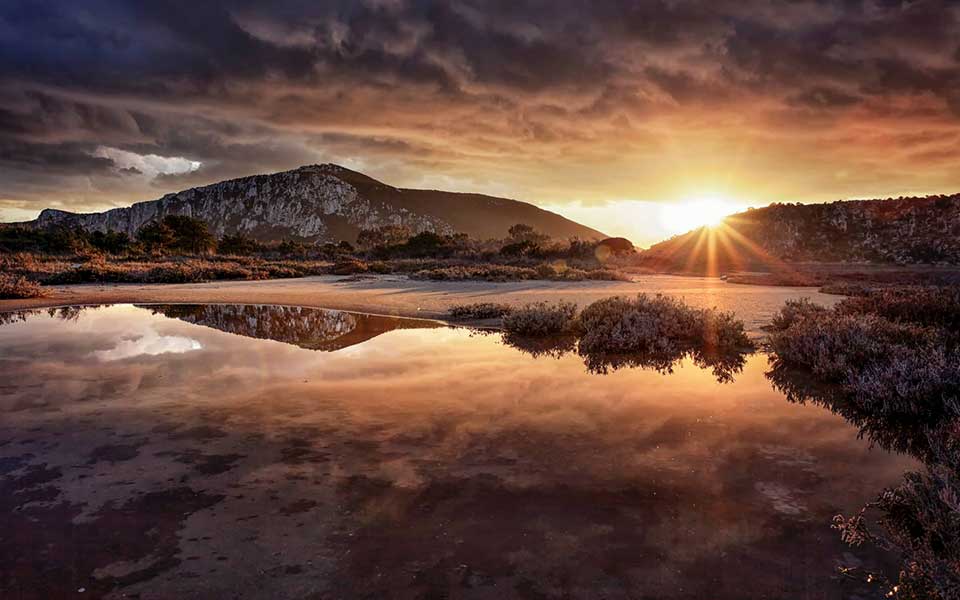
Gialova Lagoon
The Gialova Lagoon in the region of Messinia in the southwest Peloponnese isn't the country's largest wetland, but it might just be the most important one in Greece and the Balkans, as it constitutes Europe’s southernmost migratory station. Migratory birds traveling back and forth between Africa and Europe stop at this site, resting and feeding before or after their long flight over the Sahara and the Mediterranean Sea. Some birds stay for just a few hours before resuming their journeys north or south. Others rest up for a few days, while some species make Gialova their final destination. Herons, glossy ibises, ducks, flamingos and shorebirds find shelter here;seen from afar the flocks comprise an impressive mosaic.
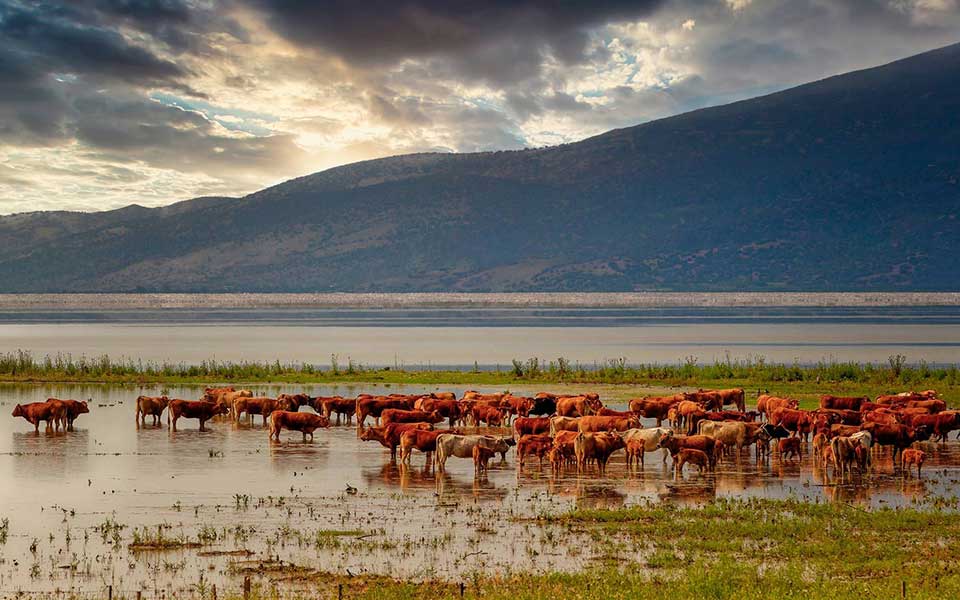
Lake Karla
Lake Karla in Thessaly in central Greece was drained at the beginning of the 1960s, for agricultural expansion and other reasons. During the 1990s, however, it was observed that the negative impact on the area’s ecosystem was greater than the benefit derived from the draining, and the lake was refilled with water from the Pineios River in a process that was completed in 2018. A survey carried out last year showed that 180 species of shorebirds and 14 species of fish had already returned to the lake.
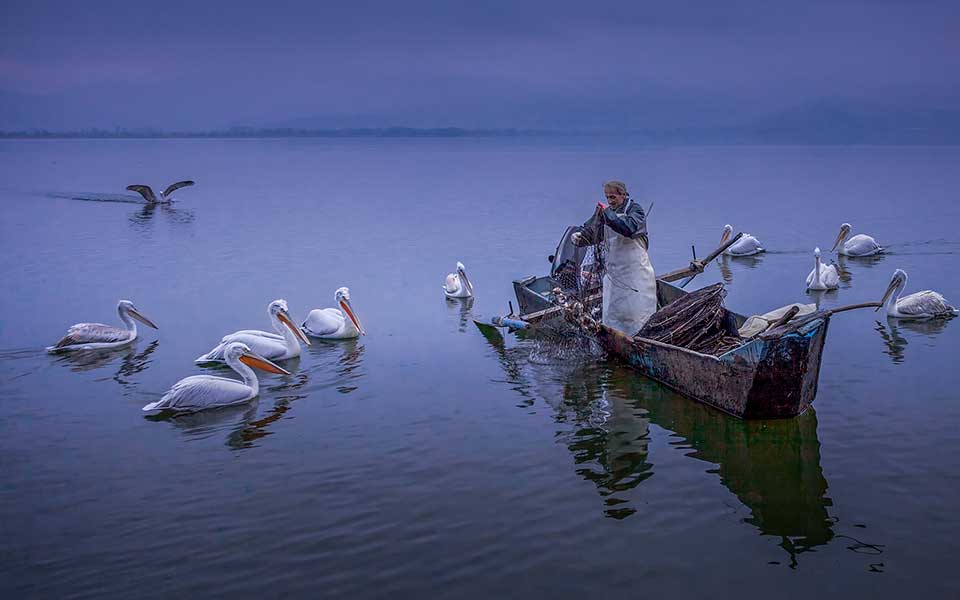
Lake Orestiada
This photograph depicts a group of Dalmatian pelicans enjoying breakfast on the lake that graces the city of Kastoria. Officially named Lake Orestiada, this body of water forms part of the Natura 2000 European network of protected areas due to its status as an area of exceptional natural beauty. The Hellenic Ornithological Society has added it to their list of “Important Bird Areas of Greece” as well, as there are over 200 species that come here either to reproduce or to winter.









